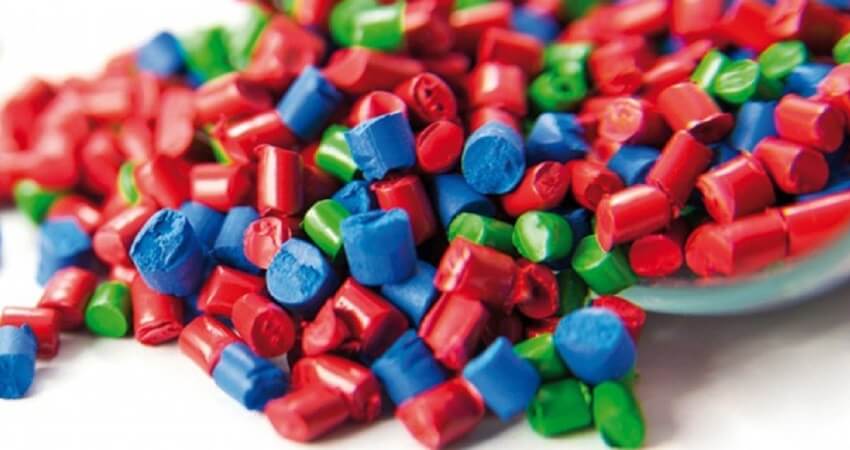Thermoplastic vulcanizates (TPVs) represent one of the most significant innovations in polymer science, combining the processing ease of thermoplastics with the exceptional performance characteristics of vulcanized rubber. As industries increasingly demand materials that offer both durability and processing efficiency, TPVs have emerged as a crucial solution across various sectors, from automotive manufacturing to consumer goods.

What Are Thermoplastic Vulcanizates?
Thermoplastic vulcanizates are advanced materials created through a process called dynamic vulcanization, where rubber particles are crosslinked while being dispersed in a thermoplastic matrix. This unique combination results in a material that exhibits the elastic properties of vulcanized rubber while maintaining the reprocessability of thermoplastics – a characteristic that was previously thought impossible to achieve.
Key Components and Structure
The typical TPV consists of two main components:
- A continuous phase of thermoplastic material (usually polypropylene)
- Finely dispersed particles of cross-linked rubber (commonly EPDM – Ethylene Propylene Diene Monomer)
This distinctive structure gives TPVs their remarkable properties, making them increasingly popular in various applications where traditional materials fall short.
Advantages of Thermoplastic Vulcanizates
Superior Performance Characteristics
- Excellent Elasticity
- High elastic recovery
- Maintained flexibility across a wide temperature range
- Superior compression set resistance
- Environmental Resistance
- Outstanding weather resistance
- Good chemical resistance
- UV stability
- Processing Benefits
- Rapid production cycles
- Lower energy consumption
- Recyclability potential
- Reduced waste during manufacturing
Cost-Effectiveness
TPVs offer significant cost advantages through:
- Reduced processing steps
- Lower scrap rates
- Improved production efficiency
- Extended product lifecycle
- Potential for recycling and reuse
Applications Across Industries
Automotive Sector
The automotive industry has embraced TPVs for numerous applications:
- Weather sealing systems
- Under-hood components
- Interior trim elements
- Gaskets and seals
- Soft-touch surfaces
Consumer Goods
TPVs have found their way into various consumer products:
- Power tool grips
- Sporting equipment
- Kitchen appliance components
- Personal care product packaging
- Footwear components
Construction and Building Materials
The construction industry utilizes TPVs in:
- Window gaskets
- Roof membranes
- Pipe seals
- Cable insulation
- Weather stripping
Environmental Impact and Sustainability
Recyclability Advantages
One of the most significant benefits of TPVs is their potential for recycling. Unlike traditional thermoset rubbers, TPVs can be:
- Reprocessed multiple times
- Recycled into new products
- Used in closed-loop manufacturing systems
- Blended with virgin material for new applications
Energy Efficiency
The production of TPVs often requires:
- Lower processing temperatures compared to traditional rubbers
- Reduced energy consumption during manufacturing
- Shorter production cycles
- Less waste generation
Future Trends and Developments
Emerging Applications
The versatility of TPVs continues to open new opportunities in:
- Medical devices and healthcare products
- 3D printing applications
- Smart materials and sensors
- Sustainable packaging solutions
- Advanced mobility solutions
Innovation in Material Science
Ongoing research and development focus on:
- Enhanced performance characteristics
- Improved processing methods
- New blend combinations
- Sustainable production techniques
- Advanced recycling technologies
Selecting the Right TPV for Your Application
Key Considerations
When choosing a TPV material, consider:
- Performance Requirements
- Temperature range
- Chemical exposure
- Mechanical properties
- Weather resistance
- Processing Conditions
- Manufacturing method
- Equipment capabilities
- Production volume
- Cost constraints
- Environmental Factors
- Recyclability requirements
- Environmental regulations
- Sustainability goals
- End-of-life considerations
Conclusion
Thermoplastic vulcanizates represent a significant advancement in materials science, offering a unique combination of performance, processability, and sustainability. As industries continue to seek more efficient and environmentally friendly materials, TPVs are well-positioned to meet these evolving demands. Their versatility, coupled with ongoing innovations in material science, ensures that TPVs will play an increasingly important role in shaping the future of manufacturing and product development.
The continued growth in TPV applications and development of new grades with enhanced properties demonstrates the material’s crucial role in modern manufacturing. As sustainability becomes increasingly important across industries, the recyclability and processing advantages of TPVs make them an attractive choice for forward-thinking manufacturers and product designers.
Whether you’re in automotive manufacturing, consumer goods production, or construction, understanding the capabilities and advantages of TPVs can help you make informed decisions about material selection and process optimization. With ongoing research and development in this field, we can expect to see even more innovative applications and improved properties in the coming years.
| Read More Topics |
| Future of learning virtual lab electrochemical cells |
| Electrochemistry – Questions and Answers |
| The power of natural chemistry transforming everyday life |





